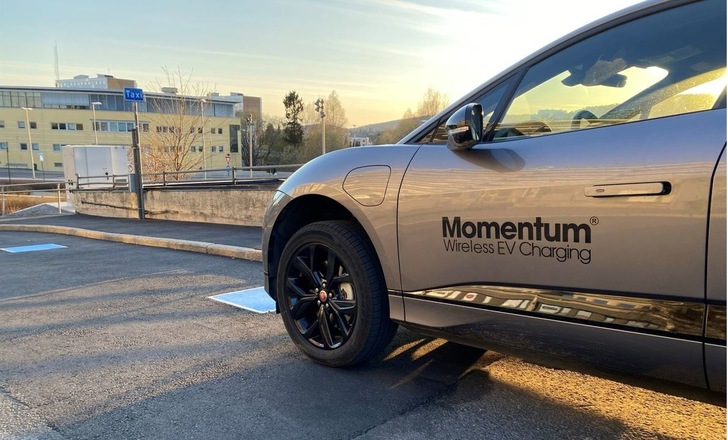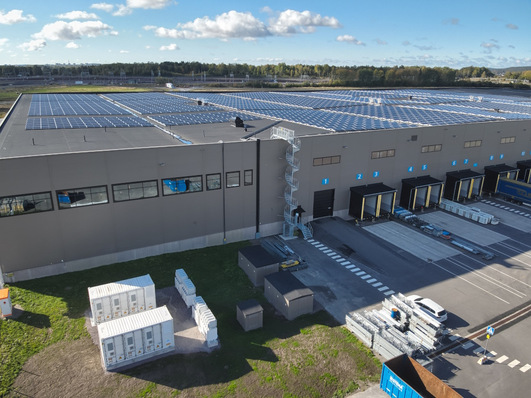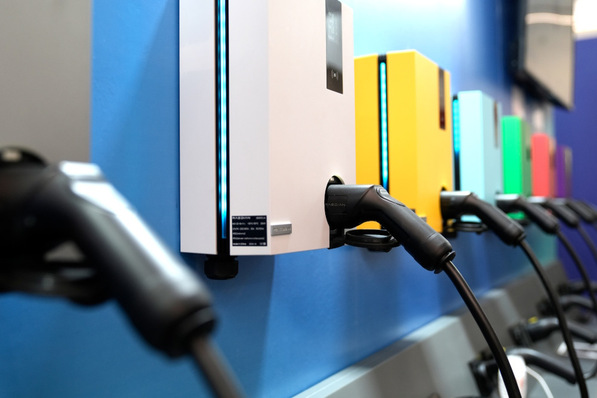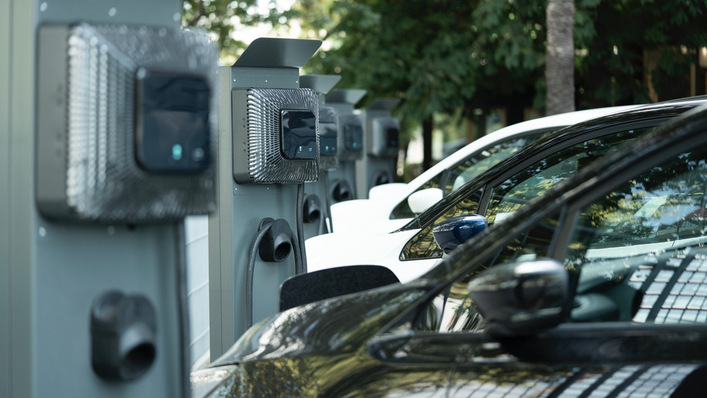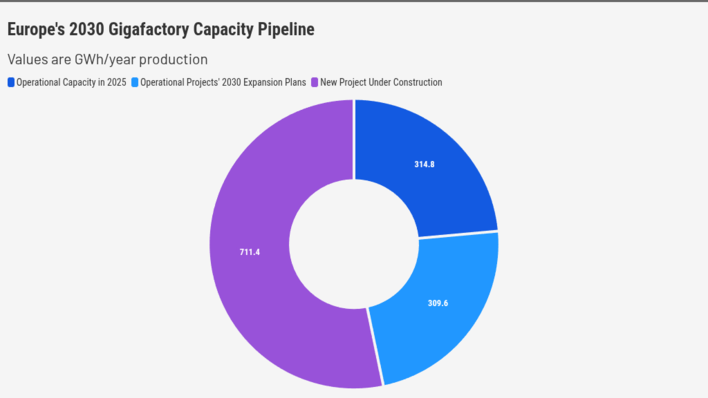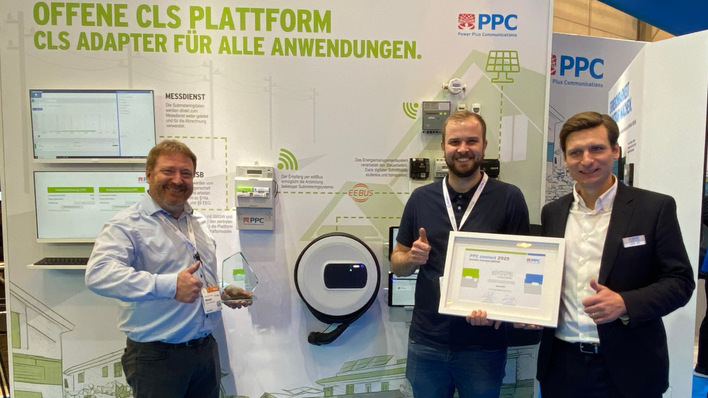Momentum Dynamics, which has been commercializing fully automated inductive (wireless) charging for electric vehicles (EVs) since 2014, announced a major breakthrough with enormous implications for the EV industry: a wireless system that provides the ability to charge light-duty EVs at both high (50-75kW) and low (7-22kW) power. This capability will enable automatic charging at-home or in-depot charging as well as the convenience of high-power opportunistic charging in public settings.
See also: Vattenfall tests wireless charging for electric taxis in Sweden
The so-called "dual-power" mode capability will enable cars and light duty trucks and vans to intelligently recognize and charge a vehicle battery at any power using a common inductive component on the vehicle. The achievement was led by Momentum's team of engineers at its global headquarters in Malvern, Pennsylvania.
Plug-in chargers suffer from low utilization
This new development enables a highly efficient system of chargers that can provide energy to EVs in locations where there is limited power such as a home or office, but also at public charging locations where there is typically much higher power for faster charging. It is also important to consider that plug-in chargers tend to suffer from low utilization, as low as 5% or less, and are often out of service. Wireless charging encourages more frequent charging when operated in public locations, and the economics are more favourable to install higher power chargers in public locations.
For delivery vans and trucks, it means that vehicles can wirelessly charge at low power at their garage, but also pick up a substantial range-extending supplemental charge while stopped for short times at a loading dock, along a commercial loading zone, at delivery points, or at convenience markets. This is likely to be very important for delivery fleets and to postal fleets that run long suburban and rural routes. It is also the only reasonable solution to charging autonomous, self-driving EVs.
Bidirectional power flow for Vehicle-to-Everything
In real terms this means that a vehicle equipped with a Momentum charger can wirelessly and automatically charge in any location and make the best use of the available power. By contrast, other wireless chargers have been relegated to a single use, e.g., charging only cars and only at low power, limiting their use to home garages, or in some cases, only heavy-duty vehicles at high power.
Also interesting: Continental and start-up Volterio develop charging robot for EVs
The new developments centres on the ability to commercialize a system of chargers for light-duty vehicles that operates with the combination of high efficiency across all power levels from 1 kW to 75 kW (comparable to any plug-in charger), and that conforms with the same electromagnetic regulatory standards that apply to all electric appliances. Momentum's technology has been engineered for the future to allow for bidirectional power flow, or "Vehicle-to-Everything" at both high- and low-power levels, as circumstances may require. (mfo)


